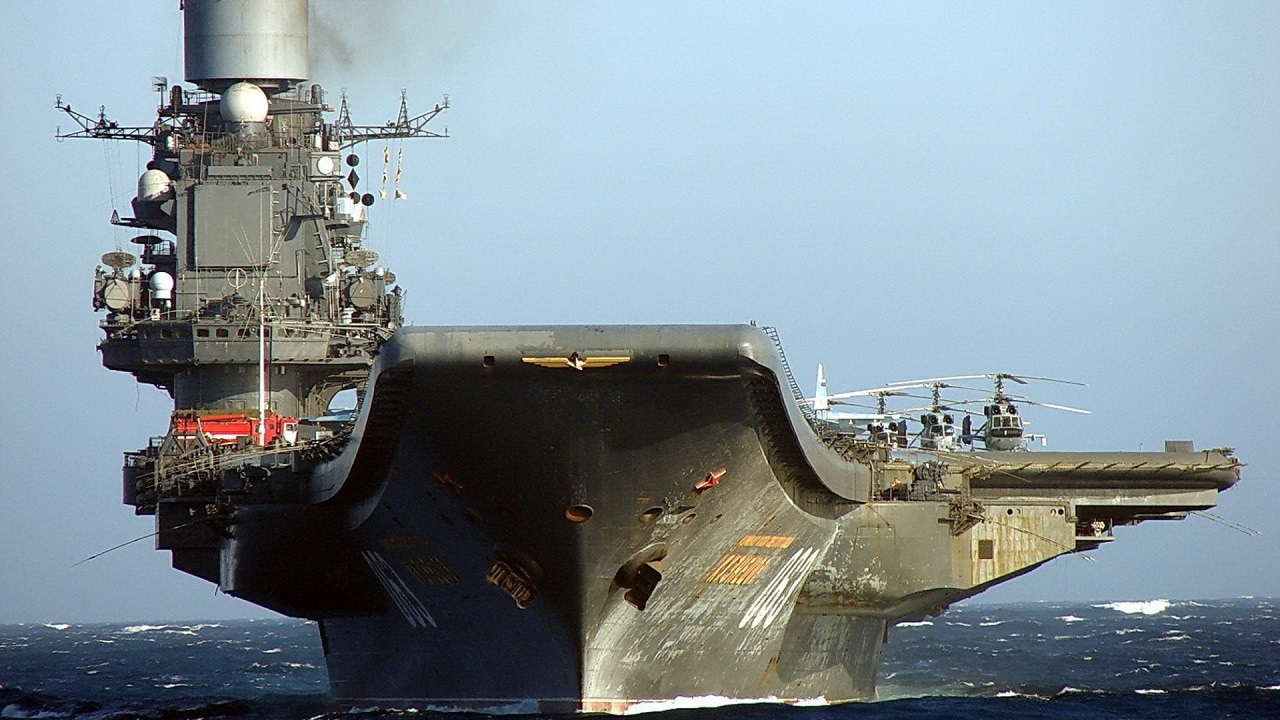Russia’s Ulyanovsk Nuclear Aircraft Carrier Summed Up in 4 Words
The Ulyanovsk: A Soviet Supercarrier Dream

The Ulyanovsk was an ambitious project by the Soviet Union, aimed at creating a nuclear-powered aircraft carrier to rival the U.S. Navy’s Nimitz-class carriers. Designed for blue-water operations, it was set to carry a formidable air wing of 70 aircraft. However, the end of the Cold War and economic turmoil led to its cancellation. The carrier was only 20% complete when it was scrapped in 1992, marking a significant loss for Soviet naval aspirations.
The Ulyanovsk: The Soviet Supercarrier That Never Was
Laid down in 1988, the Ulyanovsk was envisioned as a game-changer for the Soviet Navy. With a displacement of 75,000 tons and nuclear propulsion, it promised to enhance the Soviet Union’s naval capabilities significantly. The design included steam catapults, allowing for the launch of fully loaded, fixed-wing aircraft, a feature that would have brought it closer to American standards.
Despite its potential, the Ulyanovsk never saw completion. The abrupt end of the Cold War in the early 1990s shifted priorities. The Soviet Union faced economic collapse, making the funding of such a massive project untenable. As a result, the decision was made to scrap the carrier to free up space for commercial vessels in the Nikolayev graving dock. Reports indicated that scrapping began on February 3, 1992, leaving the unfinished carrier as a symbol of lost naval ambition.
Maersk joins study to explore potential of nuclear powered container-shipping
The Ulyanovsk’s cancellation left Russia reliant on the Admiral Kuznetsov, a carrier plagued by operational challenges. This reliance cemented the U.S. Navy’s carrier superiority for decades, as the Soviet Union’s dreams of naval dominance faded into history. The Ulyanovsk serves as a reminder of what could have been, had the geopolitical landscape been different.
